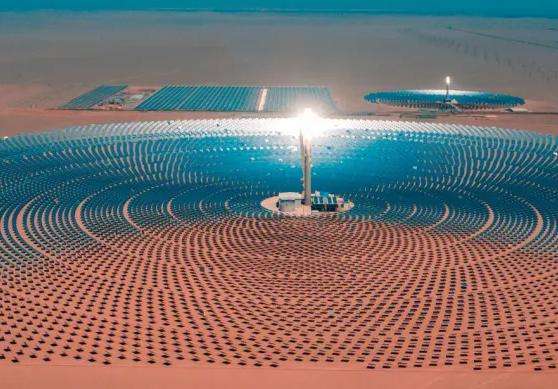One kilowatt hour of electricity is equal to 3,600 seconds * 1,000 watts = 3,600,000 joules.
The heat capacity (specific heat) of water is 4.16 joules/g*degree
100 liters of water means that 100,000 grams of water requires 416 000 joules to heat one degree, which is 416,000/3600000 = 0.115555556 kilowatt hours of electricity. But here, it is about the complete consideration of the conversion of electrical energy into thermal energy. It's actually impossible.
Temperature is a physical quantity that expresses the degree of heat or cold of an object. Under the microscope, it is the intensity of thermal movement of the molecules of an object. Temperature can only be measured indirectly through certain characteristics of an object that change with temperature, and the scale used to measure the temperature value of an object is called temperature scale.
It specifies the starting point of the temperature reading(zero point) and the basic unit for measuring temperature. The SI unit is the thermodynamic temperature scale (K). Other temperature scales used more internationally include the Fahrenheit scale (°F), the Celsius scale (°C), and the International Practical Temperature Scale.
From the point of view of molecular kinetics theory, temperature is a symbol for the average kinetic energy of an object's molecules. Temperature is the collective expression of the thermal motion of a large number of molecules and has statistical significance. For individual molecules, temperature has no meaning. The degree of hot or cold measured on one of several arbitrary scales based on an observable phenomenon (such as the expansion of a column of mercury).
Water used in power plants is mainly for cooling the units and dissipating heat. The water is used comme cooling fluid, and its consumption is directly related to its method of heat exchange. Water cooling methods include direct heat dissipation through cooling. towers, heat dissipation by radiators, etc., cooling Direct heat dissipation of the tower is related to climate, wind, etc., and consumes a lot of money, while closed heat dissipation consumes almost nothing.














